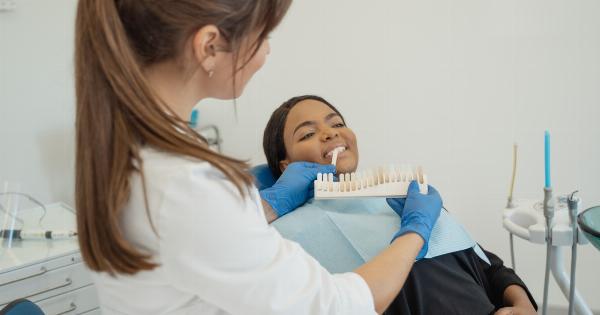For many women, the week before their period can be a difficult time. Premenstrual Syndrome, or PMS, can cause a range of physical and emotional symptoms that can interfere with work, school, and everyday life.
Understanding the symptoms of PMS can help women take steps to manage their symptoms and feel their best throughout their cycle.
What is PMS?
Premenstrual Syndrome, or PMS, is a collection of symptoms that some women experience in the 1-2 weeks before their period starts. Symptoms can range from mild to severe, and can include physical, emotional, and behavioral changes.
PMS affects up to 90% of women at some point in their reproductive life.
What are the Physical Symptoms of PMS?
Physical symptoms of PMS can include:.
- Bloating or weight gain
- Acne or skin changes
- Breast tenderness or swelling
- Headache or migraine
- Muscle aches and pains
- Cramps or abdominal pain
- Fatigue or low energy
- Sleep disturbances
- Changes in appetite or cravings
What are the Emotional Symptoms of PMS?
Emotional symptoms of PMS can include:.
- Irritability, mood swings, or anxiety
- Depression or sadness
- Crying spells or emotional sensitivity
- Trouble concentrating or focusing
- Low self-esteem or feelings of worthlessness
- Nervousness or restlessness
- Anger or rage
What are the Behavioral Symptoms of PMS?
Behavioral symptoms of PMS can include:.
- Changes in libido or sex drive
- Social withdrawal or isolation
- Difficulty managing stress or conflict
- Poor work or school performance
- Difficulty completing tasks or projects
- Increased use of alcohol or drugs
- Suicidal thoughts or behavior (in rare cases)
How is PMS Diagnosed?
There is no specific test to diagnose PMS. Rather, diagnosis is based on a pattern of symptoms that occur consistently in the 1-2 weeks before a woman’s period.
To help diagnose PMS, doctors may ask women to track their symptoms for several months and look for a pattern of symptom onset and resolution in relation to their menstrual cycle. In some cases, doctors may rule out other underlying health conditions that could be causing symptoms, such as depression, anxiety, or thyroid problems.
How is PMS Treated?
There are a number of treatments available to help manage the symptoms of PMS, including:.
- Lifestyle changes, such as regular exercise, healthy diet, and stress management techniques
- Over-the-counter pain relievers, such as ibuprofen or naproxen, for cramps and other physical symptoms
- Prescription medications, such as hormonal birth control, antidepressants, or diuretics, for more severe symptoms
- Alternative therapies, such as acupuncture or herbal supplements
Treatment for PMS is typically tailored to each woman’s individual symptoms and needs.
Women who experience only mild symptoms may find that lifestyle changes alone are enough to manage their symptoms, while women with more severe symptoms may need medication or other therapies to feel their best.
Conclusion
Premenstrual Syndrome, or PMS, is a common condition that affects many women in the week before their period. Symptoms can range from physical and emotional changes to behavioral changes that can interfere with work, school, and everyday life.
Understanding the symptoms of PMS can help women take steps to manage their symptoms and feel their best throughout their cycle.




























